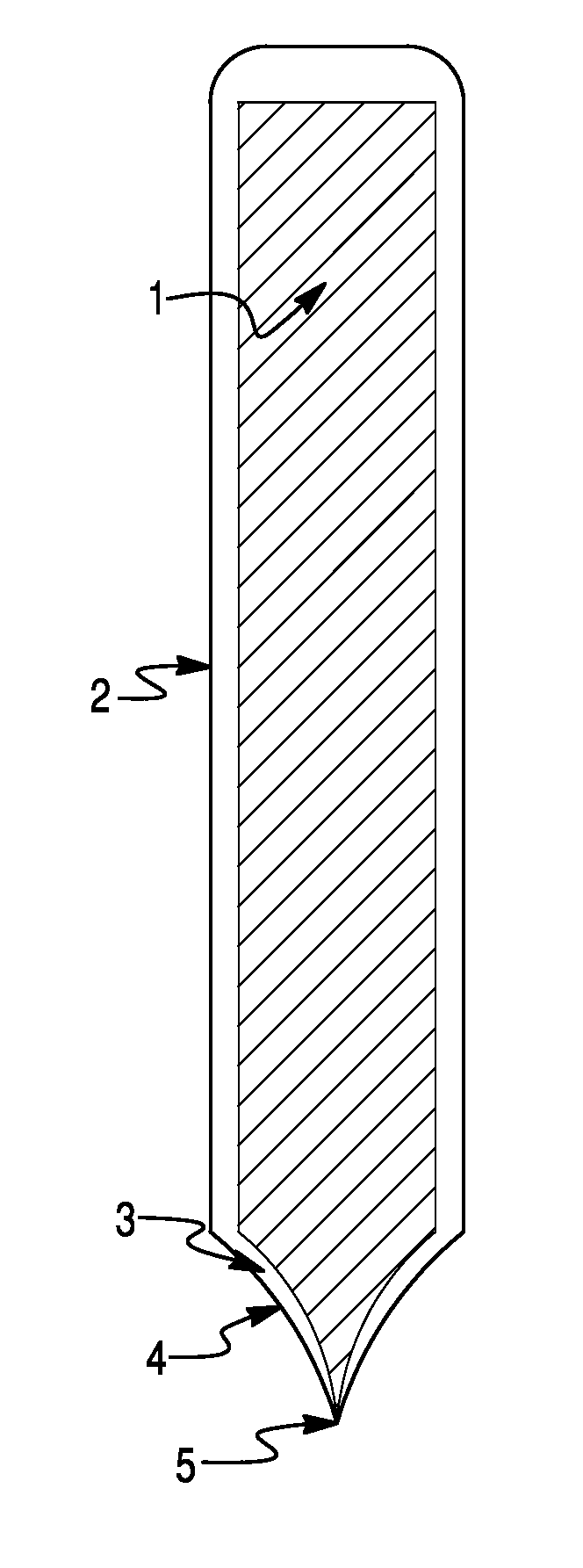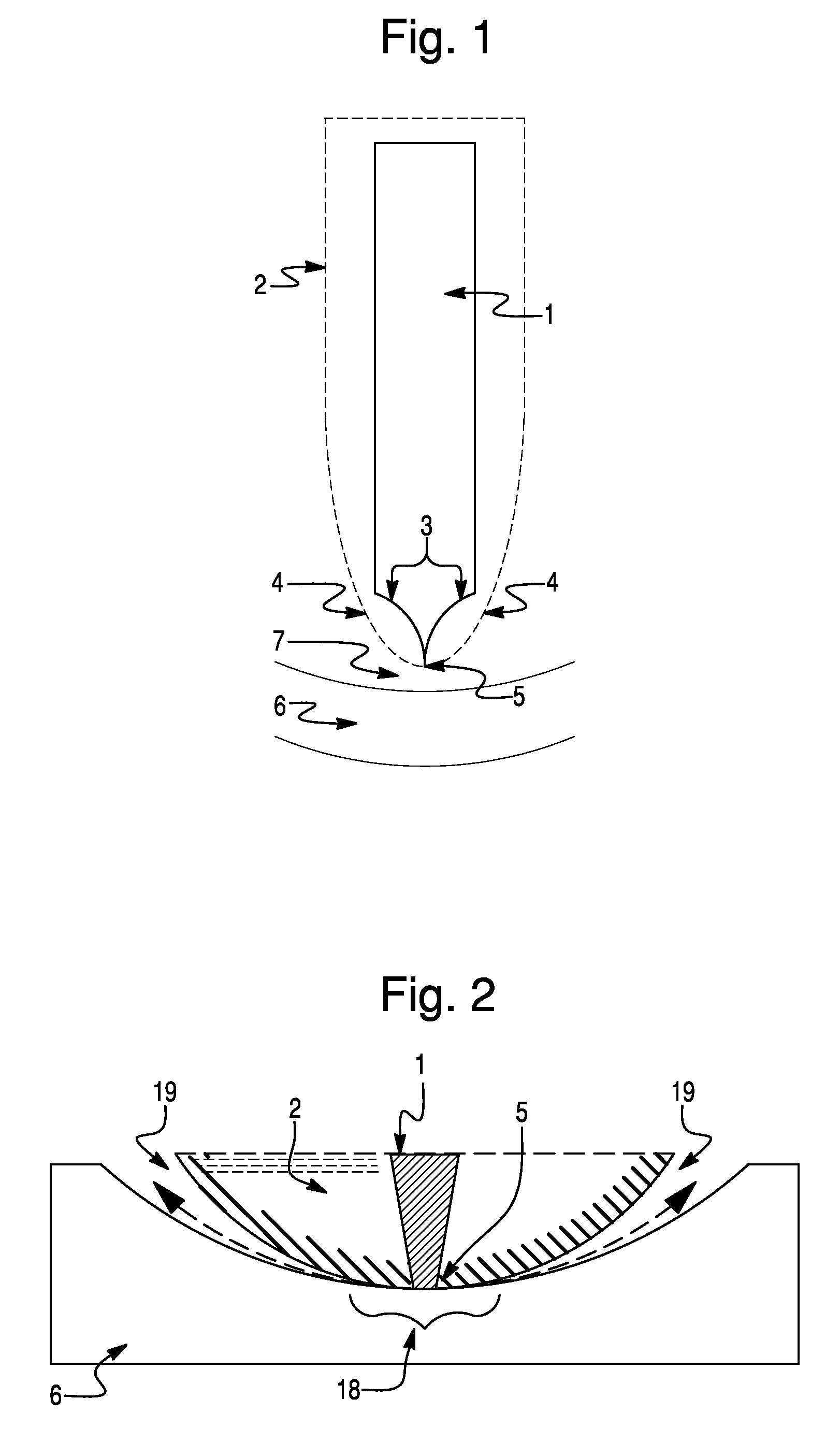Method for conducting electrosurgery with increased crest factor
a technology of crest factor and electrosurgical power, applied in the field of surgical methods and equipment, can solve the problems of affecting the healing process at the surgical site, affecting the safety and effectiveness of crest factor, and killing the remaining tissues, etc., to achieve the effect of enhancing the safe and effective crest factor, reducing or preventing smoke production, and/or tissue damag
- Summary
- Abstract
- Description
- Claims
- Application Information
AI Technical Summary
Benefits of technology
Problems solved by technology
Method used
Image
Examples
Embodiment Construction
[0028]The various embodiments will be described in detail with reference to the accompanying drawings. Wherever possible, the same reference numbers will be used throughout the drawings to refer to the same or like parts.
[0029]As used herein, the terms “about” or “approximately” for any numerical values or ranges indicates a suitable dimensional tolerance that allows the part or collection of components to function for its intended purpose as described herein. Also, as used herein, the terms “patient”, “tissue” and “subject” refer to any human or animal subject and are not intended to limit the systems or methods to human use, although use of the subject invention on a human patient represents a specific embodiment.
[0030]All devices that may be used to produce a predetermined surgical effect by applying RF power to tissue may be referred to herein as electrosurgical “blades” due to their function of partial or complete removal of one or more parts of tissue (including changing the s...
PUM
 Login to View More
Login to View More Abstract
Description
Claims
Application Information
 Login to View More
Login to View More - R&D
- Intellectual Property
- Life Sciences
- Materials
- Tech Scout
- Unparalleled Data Quality
- Higher Quality Content
- 60% Fewer Hallucinations
Browse by: Latest US Patents, China's latest patents, Technical Efficacy Thesaurus, Application Domain, Technology Topic, Popular Technical Reports.
© 2025 PatSnap. All rights reserved.Legal|Privacy policy|Modern Slavery Act Transparency Statement|Sitemap|About US| Contact US: help@patsnap.com



